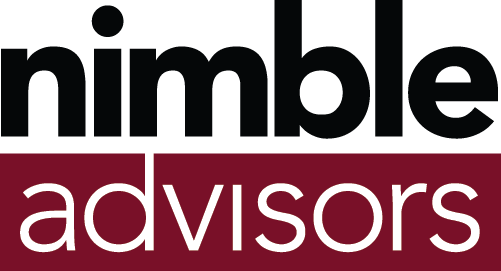DOL Narrows Scope of Independent Contractor Classification: A Looming Tsunami for Businesses?
The recent U.S. Department of Labor (DOL) rule that significantly narrows the definition of an independent contractor has sent shockwaves through the business community. This shift, set to take effect on March 11, 2024, resurrects a stricter "totality of the circumstances" test, potentially triggering a wave of misclassification lawsuits and hindering businesses' ability to engage flexible workers. Buckle up, folks, because we're in for a bumpy ride.
Understanding the New Norm
Say goodbye to the 2021 rule that prioritized two key factors: control over the work and opportunity for profit or loss. The new regime throws a wider net, encompassing a six-pronged test:
1. Control: How much say does the employer have over the worker's tasks, schedule, and methods? Think micromanagement vs. autonomy.
2. Profit or Loss: Can the worker directly influence their earnings through their efforts? Think gigs vs. salaried positions.
3. Skill and Initiative: Does the job require specialized skills or independent decision-making, or is it more routine and directed?
4. Permanence: Is the working relationship ongoing or project-based? Think long-term commitment vs. short-term engagements.
5. Investment: Does the worker own or invest in the equipment or materials needed for the job? Think independent contractor tools vs. company-provided resources.
6. Integration: How essential is the worker's service to the core business operations? Think integral cog vs. peripheral contributor.
Brace for Impact: Potential Tsunamis on the Horizon
1. Lawsuit Tsunami: Experts predict a surge in misclassification lawsuits, with disgruntled workers reclassifying as employees and seeking back pay and benefits. Businesses could face hefty financial penalties for non-compliance.
2. Flexibility Famine: The stricter criteria might discourage businesses from engaging independent contractors, the backbone of flexibility in industries like gig economy, construction, and transportation. This could stifle innovation and growth.
3. Compliance Costquake: Businesses, especially small ones, will need to invest heavily in legal counsel, policy updates, and workforce assessments to ensure compliance. Get ready for resource reallocation and potential budget crunches.
4. Talent Tidepool Drain: The new rule might restrict access to skilled independent talent, leading to talent shortages and hindering businesses' ability to scale up or down during economic fluctuations. Brace for choppy recruitment waters.
Navigating the Waves: HR as Captain of the Ship
HR professionals can act as captains, steering their organizations through these choppy waters:
Review and Revise: Conduct a thorough audit of worker classifications and update policies and procedures to reflect the new rule.
Assess and Adapt: Evaluate current workforce arrangements and implement changes to ensure proper classification.
Document and Track: Maintain meticulous records of worker classifications and justifications for each designation.
Educate and Empower: Train managers and supervisors on the new rule and its implications to avoid inadvertent misclassification.
Seek Legal Counsel: Don't go it alone. Consult legal experts to navigate the complexities of the new landscape.
Conclusion: Riding the Waves of Change
The DOL's independent contractor rule is a game-changer, presenting both challenges and opportunities for businesses. By staying informed, taking proactive measures, and leveraging the expertise of HR professionals, organizations can navigate these uncharted waters, mitigate risks, and emerge stronger and more adaptable in the ever-evolving world of work. Remember, knowledge is your life jacket, agility is your oar, and HR is your captain – so grab tight and weather the storm!
Additional Points to Consider:
The impact of the rule could vary depending on the specific industry and its reliance on independent contractors.
Technological advancements might play a role in facilitating compliance and managing flexible work arrangements.
Open communication and collaboration between businesses, workers, and policymakers will be crucial in finding long-term solutions that balance flexibility with worker protections.
Remember, this is just the tip of the iceberg. Stay tuned for further updates and deeper dives into specific aspects of the new rule and its implications. We're all in this together, so let's make sure our businesses not only survive but thrive in the face of this changing tide.

